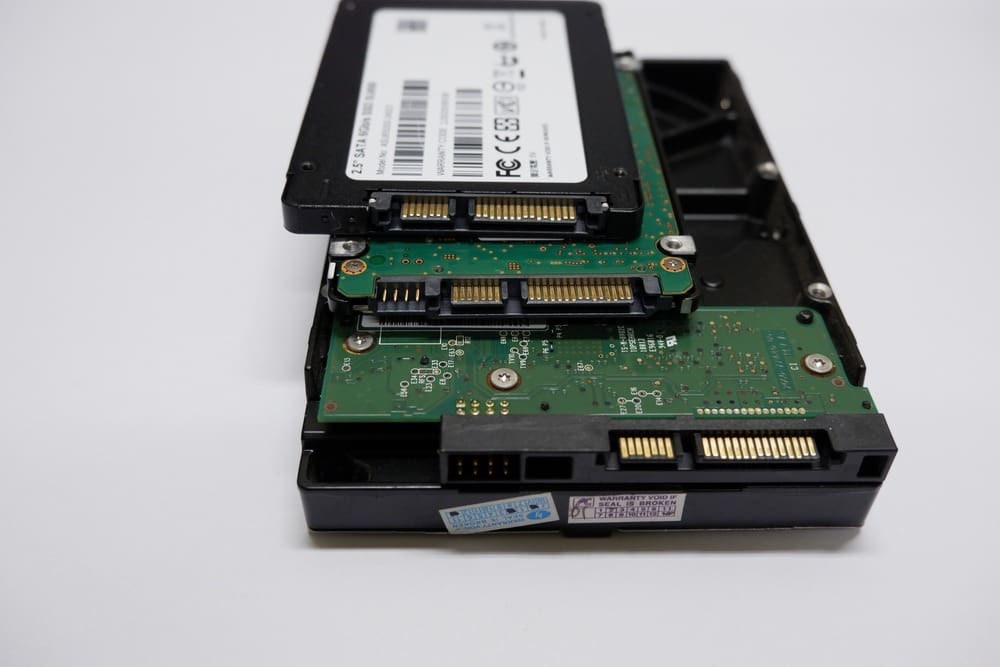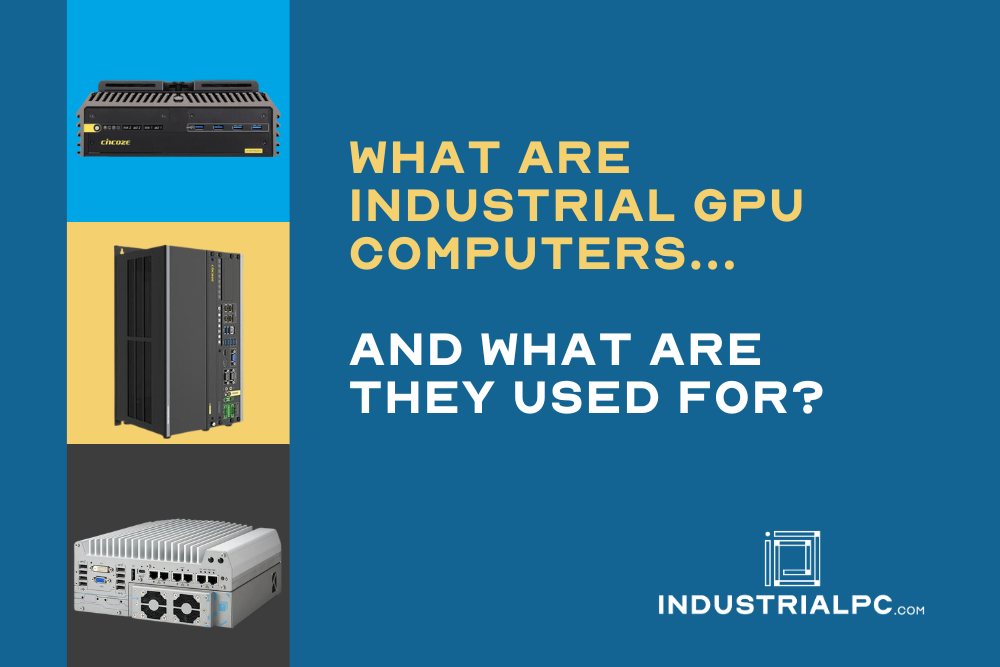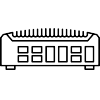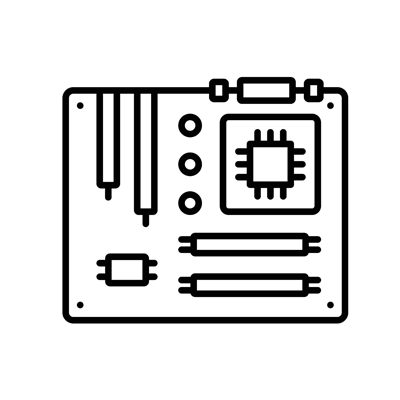Hard disk drives (HDD) are made primarily of a magnetic platter. A mechanical arm moves across the platter as it spins to read/write 1’s and 0’s to platter. The process of reading and writing the data is very mechanical on the HDD.
Solid State Drives (SSD) have no mechanical or moving parts and the data is stored on microchips. This makes the SSD drives more efficient at reading and writing data to and from the drive. Hard drive failures are reduced greatly by switching to SSD drives.
The SSD drive read and write speeds are much faster than those of the HDD drive. This will decrease the computer boot time and should improve the performance of the machine greatly.
The biggest question often overlooked: How long does an SSD last?
There are three SSD storages are available: Single Level Cell (SLC), Multi-Level Cell (MLC) and Triple Level Cell (TLC). It is simple logic that the more data saved per cell is saved, the higher the wear level. When only reading data, an SSD will not wear out. The life of an SSD depends on the write and delete operations.
This paper covers the basic comparison of the two technologies and touches on the different levels of SSD. Next month’s entry will break down the differences in Solid State Drive offerings.















